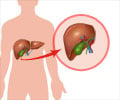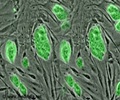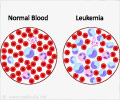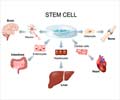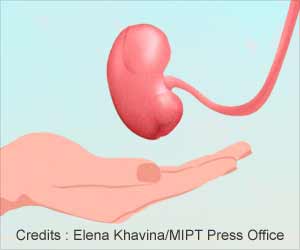New research indicates that identification of a molecular communications pathway that influences the mobilization of hematopoietic stem cells may imporve bone marrow transplant success rates.
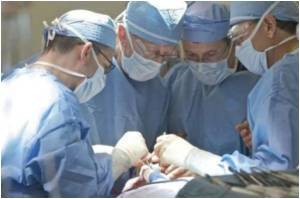
"Up to 10 percent of bone marrow donors fail to mobilize sufficient numbers of stem cells, which impedes autologous transplants and significantly delays transplant recovery time," said Hartmut Geiger, Ph.D., a researcher in the division of Experimental Hematology/Cancer Biology at Cincinnati Children’s and senior investigator on the study. "Our findings reveal a new rationale for targeted pharmacological approaches to improve stem cell mobilization and transplantation outcomes."
Autologous bone marrow transplant is often used to restore a person’s hematologic system after receiving radiation therapy for cancer treatment. Radiation exposure damages the system, which produces all of the body’s blood cell types – including those vital to immune system function.
In clinical hematopoietic stem cell (HSC) transplants, the preferred source for mobilizing hematopoietic stem cells from bone marrow into peripheral circulating blood is by targeting a signaling protein called granulocyte colony stimulating factor, or G-CSF. G-CSF stimulates bone marrow so that it releases HSCs into circulating peripheral blood. Mobilization failures and delayed recovery rates suggest the need for a deeper molecular understanding of the mobilization process to further improve the treatment.
This prompted Dr. Geiger and his colleagues to search for therapeutic targets that would boost stem cell mobilization. They work with specially bred mice (recombinant inbred mice) in their research because much of the current knowledge about cellular and molecular regulation of G-CSF-induced stem cells comes from mouse studies. Because the G-CSF process that mobilizes hematopoietic stem and progenitor cells is conserved through evolution between mice and humans, inbred mouse strains are valuable surrogates for studies that can be translated to people.
Working from their previously published research, the scientists were able track a region on chromosome 11 in their mouse models that regulates G-CSF-induced mobilization of HSCs. Of 12 genes located in this region, testing pointed to Egfr, which is a protein involved in triggering molecular reactions that regulate cell growth, multiplication and migration. Mutations in Egfr have also been linked to cancer.
Advertisement
"This suggests a possible application of these findings into the clinic," Dr, Geiger said. "Experiments are already planned to test whether this novel treatment for enhancing HSC mobilization might translate into novel therapies for patients."
Advertisement
Source-Eurekalert


